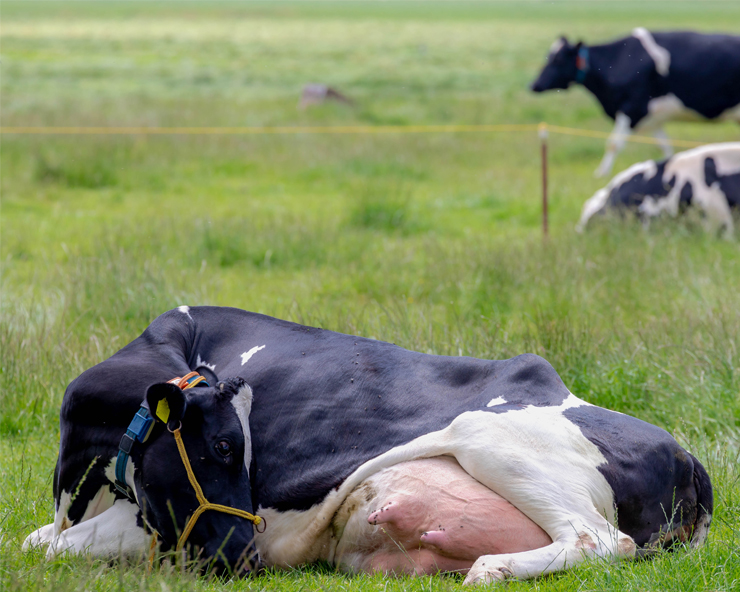
Revolutionizing the Cattle Industry: A Comprehensive Overview of Technological Advancements
The cattle industry, a cornerstone of global agriculture, has witnessed a remarkable transformation fueled by technological innovations. From ancient farming tools to sophisticated software and gadgets, technology has significantly shaped how cattle are reared and managed. This article explores the historical context, importance, and diverse technological trends in the cattle industry, including automated feeding systems, genetic selection tools, heat detection systems, drones, wearable technology, Radio Frequency Identification (RFID), and the integration of Artificial Intelligence (AI) and Machine Learning (ML).
Historical Context and Importance of Technology in Cattle Rearing:
The historical journey of technology in farming, from simple tools to the digital age, is vital in understanding the current landscape. Technology’s indispensable role in cattle rearing is highlighted by its ability to reduce labor, enhance animal health, and optimize resource use, thereby making operations more efficient and environmentally sustainable.
Modern Technology Trends in the Cattle Industry:
The cattle industry is at the forefront of technological innovations, with automated feeding systems ensuring precise nutrition and individualized feeding programs. Genetic selection tools, leveraging genomics, identify superior animals, resulting in genetically superior herds. Heat detection systems, utilizing sensors and algorithms, aid in successful breeding programs. The article emphasizes that the melding of traditional practices with modern technology enhances operational efficiency, ensuring a sustainable and prosperous future.
Drones in the Cattle Industry:
Drones, or Unmanned Aerial Vehicles (UAVs), play a pivotal role in herd monitoring and pasture management. Equipped with high-resolution cameras and sensors, drones provide real-time monitoring of herds and assist in pasture assessment. Their ability to cover large areas efficiently makes them invaluable in disease outbreak situations and in locating lost or stray animals.
Wearable Technology for Cattle:
Wearable devices such as collars, ear tags, and boluses equipped with sensors offer real-time data on cattle health and behavior. These devices enable early detection of illnesses, stress monitoring, and accurate reproductive management. The impact of wearable technology on improving cattle health and overall productivity is profound.
Radio Frequency Identification (RFID) in the Cattle Industry:
RFID technology ensures efficient livestock management by providing unique identification and tracking capabilities. It enhances record-keeping accuracy, aids in real-time monitoring, and streamlines the management of large herds. The article stresses that RFID is not just about modernization but equipping the industry with tools crucial for overcoming contemporary challenges.
Artificial Intelligence (AI) and Machine Learning (ML) in Cattle Farming:
AI and ML are reshaping modern agriculture, particularly in dairy farming. These technologies optimize milk production, improve herd health, and enable predictive analytics for disease management and breeding programs. The integration of AI and ML is pivotal in making data-driven decisions for efficient and productive cattle farming.
The Role of Data Analytics in the Cattle Industry:
Data analytics is central to modern cattle farming, transforming raw data into meaningful insights. It enhances decision-making by providing a comprehensive view of herd performance and enabling predictive analytics for future outcomes. The article underscores the significance of these tools in improving production and handling challenges in cattle farming.
Challenges and Opportunities with Technology in the Cattle Industry:
The adoption of technology in cattle farming faces challenges such as the need for technical knowledge, upfront costs, and data privacy concerns. Overcoming these barriers requires education, training, financial incentives, and robust data security measures. The article emphasizes that addressing challenges while harnessing opportunities is crucial for sustainable and profitable advancement in the industry.
Future Trends and Innovations in Cattle Farming Technology:
The horizon of cattle farming technology is promising, with innovations like blockchain for traceability, advanced genetic engineering, and autonomous robotic systems. These advancements aim to streamline operations further, enhance transparency, and ensure sustainability in the supply chain.
Conclusion: The Future of Cattle Farming with Technology:
The fusion of modern technology with traditional practices sets the stage for a more profitable, sustainable, and thriving cattle industry. Technological solutions like the AniScore wearable gadget exemplify the transformative potential of technology, ensuring better operational efficiency and animal welfare. Embracing change and staying abreast of technological trends are essential for the industry’s evolution in alignment with global sustainability standards.
Final Thoughts on Technology’s Role in Sustainability and Efficiency in Cattle Farming:
Technology’s role in the cattle industry reflects human ingenuity and a commitment to continuous improvement. The judicious adoption of modern technological solutions is instrumental in propelling the industry forward, aligning it with global sustainability goals, and ensuring competitiveness in the 21st-century agricultural landscape. Technology serves as an enabler, fostering a culture of innovation and sustainability in the cattle industry’s journey toward efficiency and profitability.

